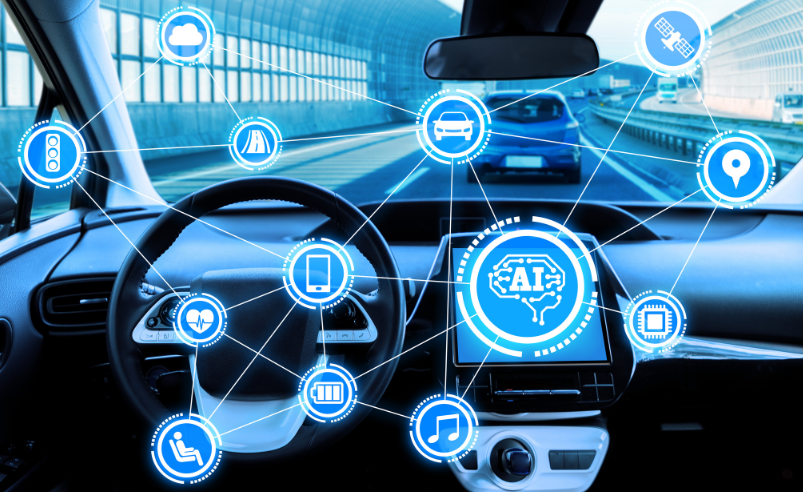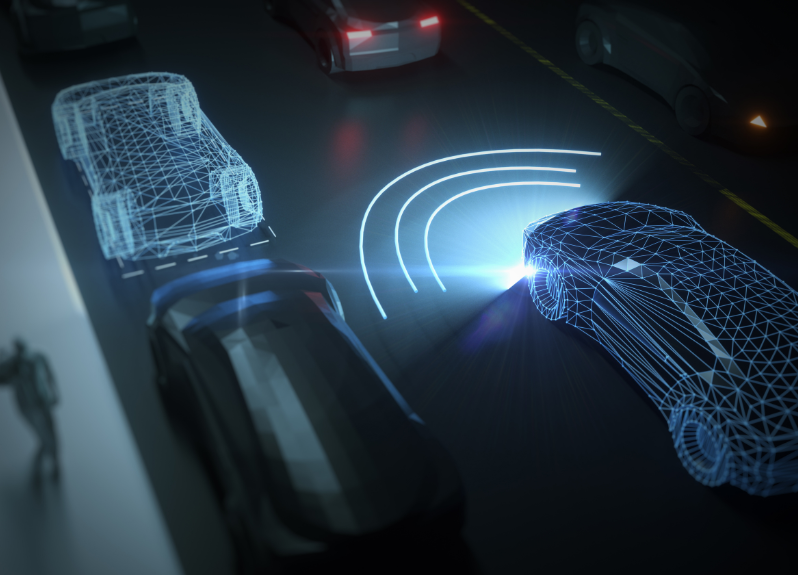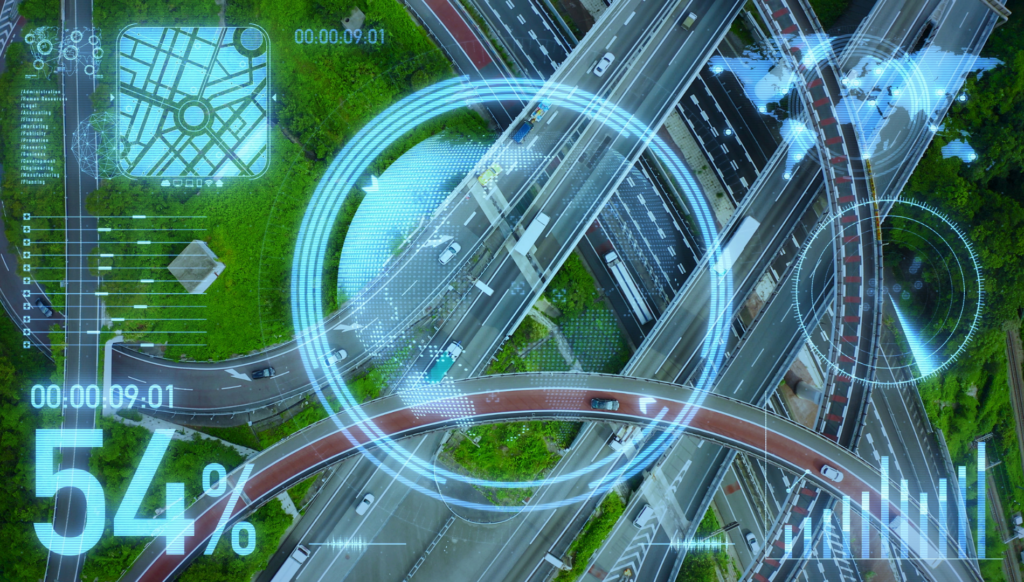Connected Vehicle
A connected vehicle is a technological application that arises from IoT (Internet of Things). It enables physical objects to communicate with each other to exchange and process data with other devices.
As well as describing the connected vehicle, this content will be an overview to understand how connected vehicles communicate with each other. The importance of connective vehicles in the issues of IoT(Internet of Things) which is an internet-based information system, and the differences between an autonomous car and a connected vehicle. It will be concluded with the types of connectivity of vehicles such as V2V (Vehicle to Vehicle), V2P (Vehicle to Pedestrian), V2C (Vehicle to Cloud), V2I (Vehicle to Infrastructure), and V2X (Vehicle to Everything).
How do connected vehicles work?
Connected vehicles are connected to a common network to provide bi-direct communication to other vehicles (between buses, trucks, traffic lights, and other vehicles, mobile devices) to flow and exchange data.
Connected vehicles are capable of communicating with in-vehicle or off-vehicle devices, sharing important safety and mobility information with each other. For instance, connected vehicles can also use a wireless network to communicate with traffic signals, workplaces, school districts, and other types of infrastructure, this type of communication is called V2I (Vehicle to Infrastructure).

Why do Industries Need Connected Vehicle Technologies?
- Connected vehicle data ensures a method of generating fleet & logistics management.
- It contributes to the providing of instant and accurate information on the reconstruction and regulation of the city infrastructure.
- Connected vehicle technologies will ensure drivers the pieces of information needed to prevent potential crashes and significantly reduce the number of injuries and deaths by managing traffic safety.
- Connected vehicle mobility applications will facilitate making smart choices that reduce travel delays, thus providing a more efficient road experience for drivers.
- Connected vehicle technology contributes to media and advertising businesses managing their marketing processes.

Types of Vehicle Connectivity
Connected vehicle technology is a combination of different types of communication. These kinds of types differ according to the units they come into contact with, under the following headings.
V2I (Vehicle to Infrastructure)
In the V2I (Vehicle to Infrastructure) connection, vehicles are in constant communication with the surrounding units on the roads. These units are placed in order as cameras, traffic lights, lane lines, signs, and parking machines. In the V2I communication model, the data flow is bidirectional, so, the connected vehicle data provides instant traffic reports, road information such as potholes, puddles, road defects, accident updates, and parking status through ITS (Intelligent Transportation Systems) technology. In this way, parameters such as speed limits of highways, duration of traffic lights, and frequency of change will change.
V2V (Vehicle to Vehicle)
V2V (Vehicle to Vehicle) connection aims to prevent traffic accidents by transmitting information such as instant location and speed of vehicles with surrounding vehicles. Although technology in the vehicles varies, it is possible to give a warning to the user in the event of an accident, and it is also possible for connected vehicles to react on their own in the event of an accident.
V2C (Vehicle to Cloud)
V2C (Vehicle-Cloud) connectivity is significant in the transmission and processing of vehicle data to cloud services. Cloud services, which are the most suitable circle where data produced by vehicles can be stored and data of this size can be processed, also constitute an important pillar of IoT technology. The data produced by vehicles is related to many sectors, especially automobile manufacturers, fleet management systems, and insurance companies. For Instance, the driving qualifications of the drivers in a certain region can ensure a more efficient forecast of the insurance charges of the vehicles in that region. Plus, fleet management systems can test drivers. So, V2C provides automobile manufacturers with considerable vehicle data such as usage habits, fuel consumption, and emission values.
V2P (Vehicle to Pedestrian)
V2P (Vehicle to Pedestrian) connection ensures the safety of pedestrians and minimizes accidents involving pedestrians. It is thought to warn pedestrians and drivers with a V2V-like communication model. For example, pedestrians who are in danger of being crushed by staying in the blind spot of high vehicles will be able to avoid the accident without injury thanks to advances in this technology. With the vehicle-pedestrian connection, it will be easy to detect the accident and take the necessary precautions.
V2X (Vehicle to Everything)
The V2X model is the technology in which vehicles are in connection with all external factors. The V2X system includes vehicles such as airplanes, trains, traffic lights, and signboards. The V2X covers all types of other V2 models. As can be understood from the sub-communication models, connected vehicle technology is an application that develops standards, and it can be implemented in a short range of time.
Swarmnect aims to solve the problems in different industries such as fleet management systems, insurance companies, media and advertising businesses, traffic safety management, and road infrastructure data and use cases by collecting and processing vehicle data.
What are Autonomous and Connected Vehicles?
A fragment of what systems are being developed in the automotive revolution corresponds to the vehicle technologies that exist currently. Connected cars and autonomous cars are among the most prominent automotive applications for the present and future. The technologies for autonomous vehicles and connected vehicles coincide, but they differentiate each other in some features. While a connected car is a vehicle developed with certain data conduction technologies as a part of the Internet of Things (IoT), an automated vehicle has the potential of managing self-direction without any external factor.
Connected vehicle technologies allow vehicles to be informed about other vehicles and the infrastructure around them. An autonomous vehicle provides an opportunity for another passenger to travel without the necessity for any driver to direct the car.

GET UPDATES
To help us respond to your message, please provide us with some more information.
